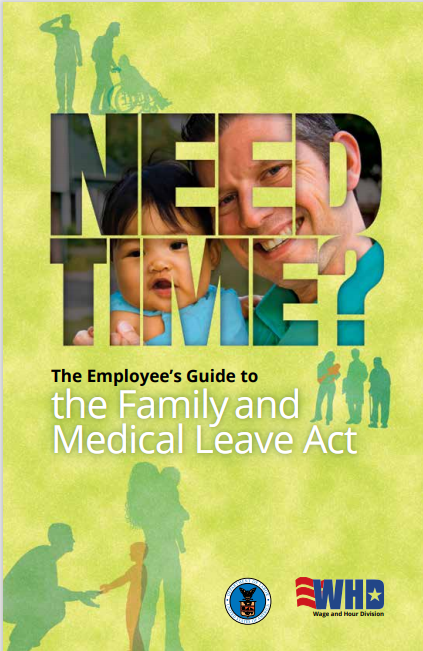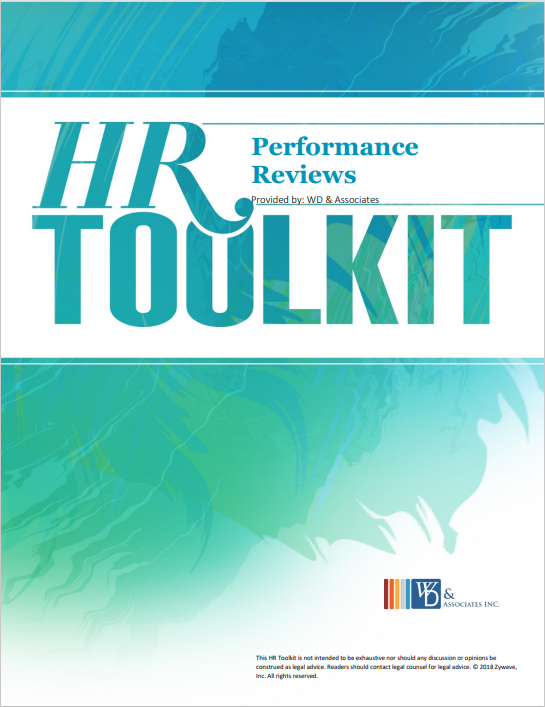
Consumerism is a hot topic in our industry. So far we have heard a lot of talk but seen little action from most consumers. One of the most controversial and inflammatory topics is prescription drug costs.
If we can bring consumer-style decision making into prescription shopping then we can have significant impact on everybody’s spending – yours and your employees’. We need to draw attention to how savvy shopping behavior can affect to this ever-increasing expense.
We have focused a lot of the conversation around rising prices and increased premiums. By shifting that conversation to focusing on people’s individual behavior we have a real opportunity to change the overall costs of healthcare.
Prescription spending is a big component in the overall employer sponsored health plans constituting up to 55% of all medical costs. Trends show that prescription spending is going up, particularly as our population ages. In fact, studies show these costs are increasing twice as fast as other medical costs.
For the Employer, if you are a large group (defined in RI as over 50 employees) then the pharmacy information could affect your renewal. Particularly if your plan is self-funded.
Case Study
While reviewing their medical spending, one of our clients found that prescription spending comprised almost 40% of their total costs. In less than a year they had spent nearly $100,000 on drugs.
There were some months with large claims in both medical and pharmacy, but if you take that out of the equation the overall picture showed that they were averaging around $9,000 per month on medication alone!
Since they are on a self-funding health plan, that is money out of their pocket and they wanted to know how to bring that number down. We had some suggestions.
Teach Your Employees to be Rx Savvy
The Kaiser Foundation found that “most people taking Rx drugs say they can afford their treatment, but about 1 in 4 have a difficult time affording their medicine.”
Changing behavior takes time but education and regular reminders can be the small hinge that swings open a big door of savings.

Tackle Maintenance Medications
Just like our client spending 9k a month, your population probably has a regular spend on maintenance medications. These are drugs that people take daily for weeks and months at a time for conditions like depression, blood pressure, diabetes, and cholesterol. These regular transactions are the place we need to focus as they will have the most impact.
The key to successfully harnessing Rx is to KNOW YOUR PRICING!!
Here are some practical suggestions you can teach your employees and their families to take in order to lower their prescription spending.
- Generic vs Brand
While perception suggests generic options cost less, the reality is not that simple. With today’s formularies sometimes the older branded products that are no longer under patent are cheaper than their generic equivalents.
- Consider Changing Pharmacies
The point of sale cost differential can vary widely pharmacy to pharmacy. Many people do not know that pharmacies have different pricing. Since they typically see only their copay and perhaps how much their insurance saved them, they are not shopping by cost comparison but that is exactly what we want them to start doing!
While an employee might pay the same tiered copay across pharmacies, the cost to your company, and possibly their insurance renewal rate depending on claims, is not the same across the board. For example, they fill a script at their local pharmacy of choice not knowing that the same medication is available for half the cost at the pharmacy two blocks away. They pay their copay, you “pay” the balance.
- Use Mobile Apps
Happily drug costs are one area of healthcare where there is some transparency in retail pricing. There are mobile apps that you can use to see the cash price for a drug by dosage at pharmacies in your area.
- Consider Paying Cash
You can also compare the cash price to the copay price. In some cases it might be lower. Some insurance plans have consumers pay the lower of the two but many have them pay the copay regardless of price. If you have the latter and your copay is 15 or 20 dollars while the cash price is $4 it is worth the time to check on pricing. You can request that the pharmacy run the medication as cash rather than through your insurance.
And most people don’t realize that drug prices fluctuate. You would be well advised to price compare at each refill to discover price changes and coupons to use at the pharmacy when paying the cash price. These are different from the manufacturers’ coupons that lower consumer spending but not carrier/employer costs. Checking prices is a great tool for travelers too.
- Consider Mail Order
In this digital age when we order so much online, you would think the convenience of having your medicine delivered to your house would be appealing but many continue to resist this option despite attractive savings.
Perhaps they don’t want the hassle of coordinating with their doctor for a new script on an existing prescription. Perhaps it is habit – they are simply used to going to their local storefront with their prescriptions. Perhaps they have just forgotten.
Remind them about the mail order option (where applicable) by outlining simple steps to get it done - like a new script - and emphasizing the savings and convenience.
Of course with Amazon and others talking about getting into the Rx arena digital options could broaden. It will be interesting to see where this area goes.
Explore Creative Solutions Like Pill Splitting
Many prescription drugs are available at increased dosages for similar costs as smaller dosages. Prescribing half as many higher strength pills and having the patient split them to achieve the desired dosage can reduce the cost of some medications by as much as 50%.
However, pill splitting is not safe for all medications. The FDA recommends pills only be split if FDA-approved and after consulting with your doctor to ensure it is safe. If a pill is FDA-approved for splitting it will say so on the label or informational insert.
A Lofty But Doable Goal
By emphasizing good consumer habits and educating your employees about their prescription options we can start to take control of out of control prescription spending. We see this area as a key target. Once we have traction on medication decisions we can move onto other healthcare decisions like physician choice.
Have you had success with these or other tactics? We want to hear about it!







Leave a comment